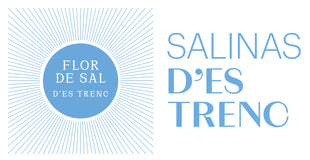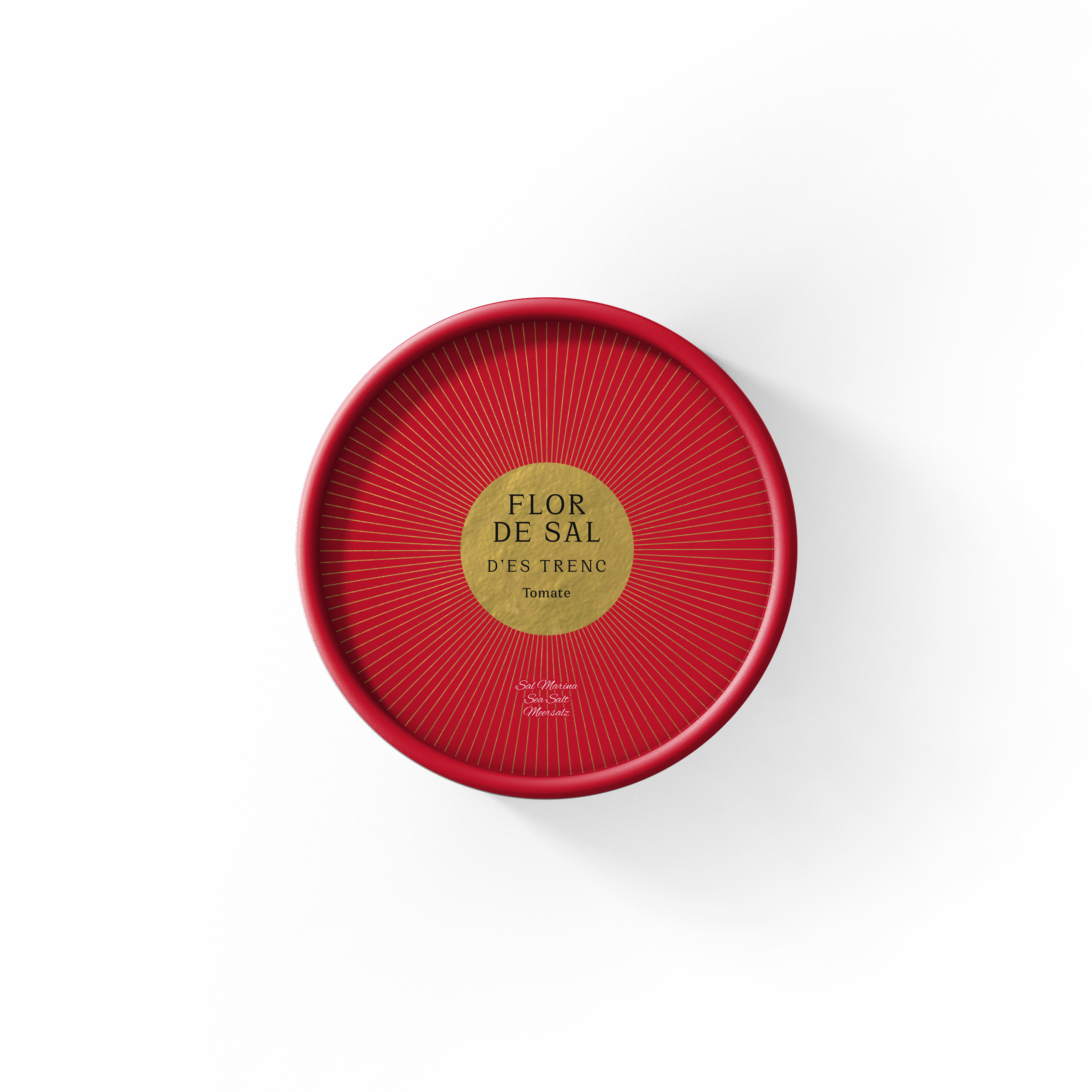
The white gold of Mallorca
In the south of Mallorca lies the long sandy beachEs Trenc, which travel guides like to compare with the Caribbean becauseof its turquoise blue and clear water. However, paradisiacal peace andrelaxation are not to be thought of here, because the bathers lie close to eachother.
But just a few hundred meters behind the tourist spotare the salt flats of Flor de Sal d'Es Trenc, which producea natural product: Salt crystals. They are formed by evaporation on the surfaceand are popular not only in top cuisine. We took a look there with the twochefs Ben Pommer (Berlin) and Christian Binder(Bad Neuenahr).
The salt's journey begins on the beach. Here, some ofthe seawater flows through a small opening between the stones into a streamthat carries it through a 300-square-meter nature reserve to the salt flats.However, it takes about half a year for this water to become salt. This isbecause everything is produced here by hand and actually without much humanintervention: The sun and wind are particularly important for this process -they cause the water in the many basins to heat up more and more and thusevaporate to a large extent.
The crystals that then float on the surface andreflect the light are called "salt flowers". They turn into theprecious Flor de Sal, also called "white gold" on theisland. After some time, these salt flowers are skimmed off the surface of thewater by hand and spread out on tables in the sun to dry. The salineros,as the workers in the salt flats are called, all wear exclusively whiteclothing and traditional straw hats. What looks like a folkloric disguise isactually the best protection against the strong sun on Mallorca.
But not only for visitors the salt pans form a greatsight with their pools colored pink by algae. Many animals have also settledhere - if you are lucky, you can even see flamingos at dusk. The basinsthemselves are small biotopes whose microorganisms are also being researched bySpanish universities. The salicorns, which are so popular in top cuisine,grow in great quantities at their edges. If you pick one of the green tips ofthe plant, a fresh salty taste spreads in your mouth at the first bite.
Flor de Sal d'Es Trenc, by the way, arepioneers in the field of mixing the salt with herbs and spices. Already since2004, the salt is available in different flavors such as "MediterraneanHerbs" or "Black Olives". Everything is mixed and bottled onsite next to the saltworks, the ingredients for which come mainly directly fromthe island. For two years, Flor de Sal d'Es Trenc hasalso been certified organic.
The precious salt crystals are also popular with topchefs on Mallorca, who can be supplied with larger tanks directly from the saltworks. A step that is unfortunately still pending for the German market, as mycooking companions complain, some of whom also work with this salt.Here, Flor de Sal d'Es Trenc is currently available - evenin wholesale - only in 150-gram cans. It is nevertheless popular withprofessionals because it has a less aggressive saltiness than conventionaltable salt, has up to 20 times the magnesium content, and contains a highconcentration of important minerals such as potassium, calcium, and other traceelements.












